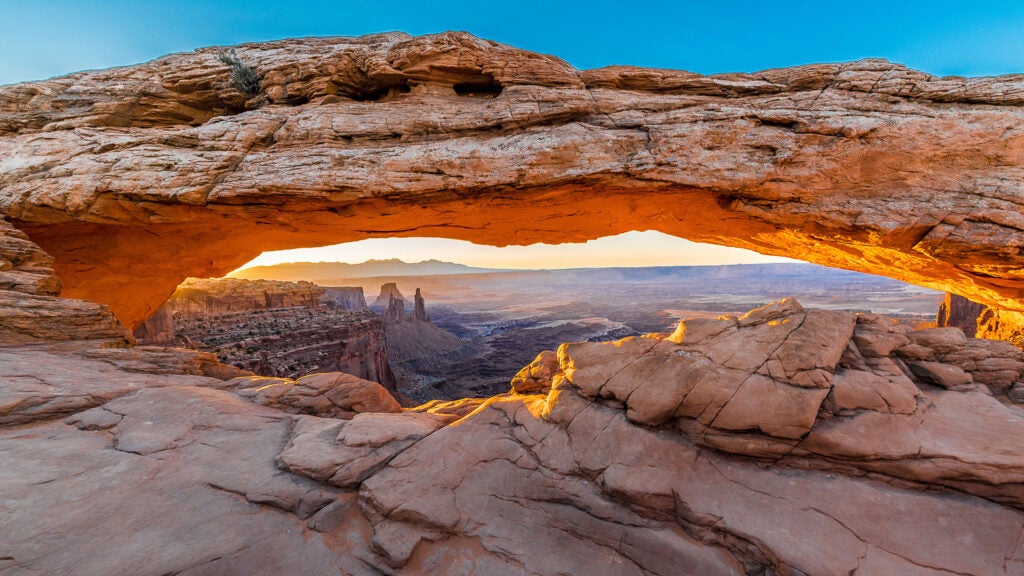No products in the cart.
Outdoor Adventure
Arches National Park Ended Seasonal Reservations. Massive Crowds Showed Up.
Outside’s long reads email newsletter features our strongest writing, most ambitious reporting, and award-winning storytelling about the outdoors.
Think the end of summertime reservations means that you’ll have an easier time getting into your favorite national park? That’s not the case at Utah’s Arches National Park, where long lines have left visitors waiting—sometimes for up to five hours—since the park initiated first-come, first-served ticketing on October 4.
On some mornings, the park fills up at 8:25 A.M.
⚠Friday, Oct. 7 8:25am: The park is currently full, and we are temporarily delaying entries into the park. Vehicles attempting to enter the park should return in 3 to 5 hours.
Consider visiting nearby attractions. Check this account for updates before returning.
— Arches National Park (@ArchesNPS) October 7, 2022
Arches launched a timed-entry ticketing system on April 3, and the program was meant to cut down on crowding and to help park management learn more about usage patterns. It was one of nine national parks to operate a reservation system over the summer. Prior to the the program’s October 3 ending date, Arches warned guests that long waits and crowding could become normal. The prophecy came true.
Later this fall, park representatives will meet with partners and stakeholders to see if timed entries are a viable solution to congestion management. In the coming months after these decisions, the park will announce whether it will continue with them in 2023.
“The pilot met many of the goals we set out to achieve, including distributing visitation throughout the day and improving visitor experiences, and it provided data that will inform our next steps,” said Arches Superintendent Patricia Trap in a news release.
More than 1.5 million visitors flock to Arches every year, with surges in visitation occurring between March and October. During these months, visitors can expect long wait times and completely full parking lots at popular trailheads, with limited spaces throughout the rest of the park. Arches’s website recommends that visitors find alternate activities in the area because of the very likely chance of restricted access during that time.
The park also encourages guests to arrive early in the morning or in the late afternoon. At those times, the lighting is better for photography, the temperatures are cooler, and visitors often don’t have to fight so much for a parking spot or for solace on the trail.

